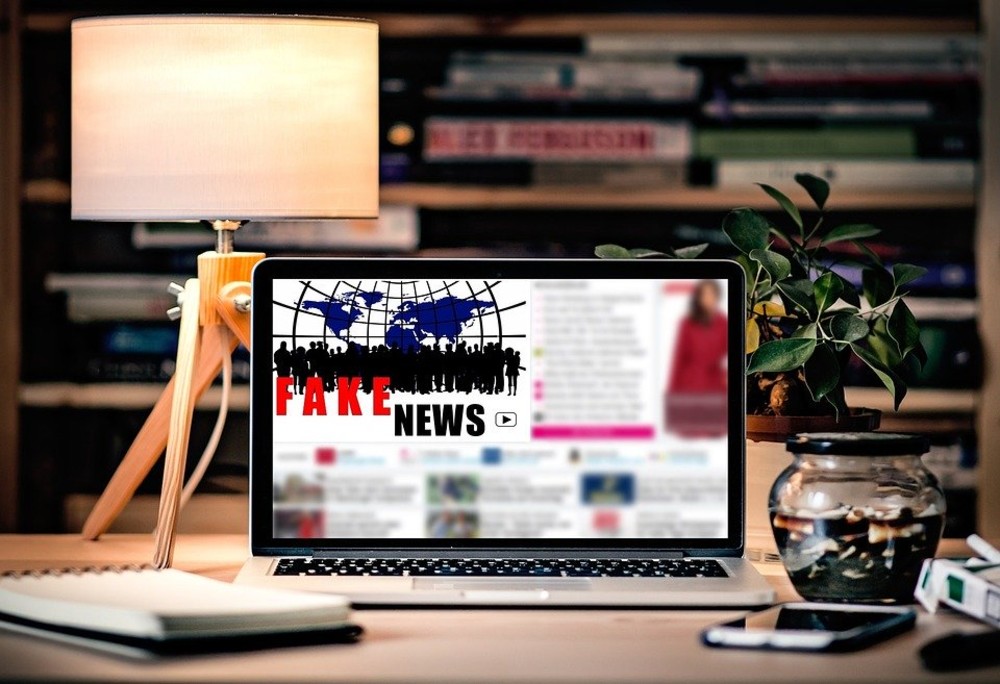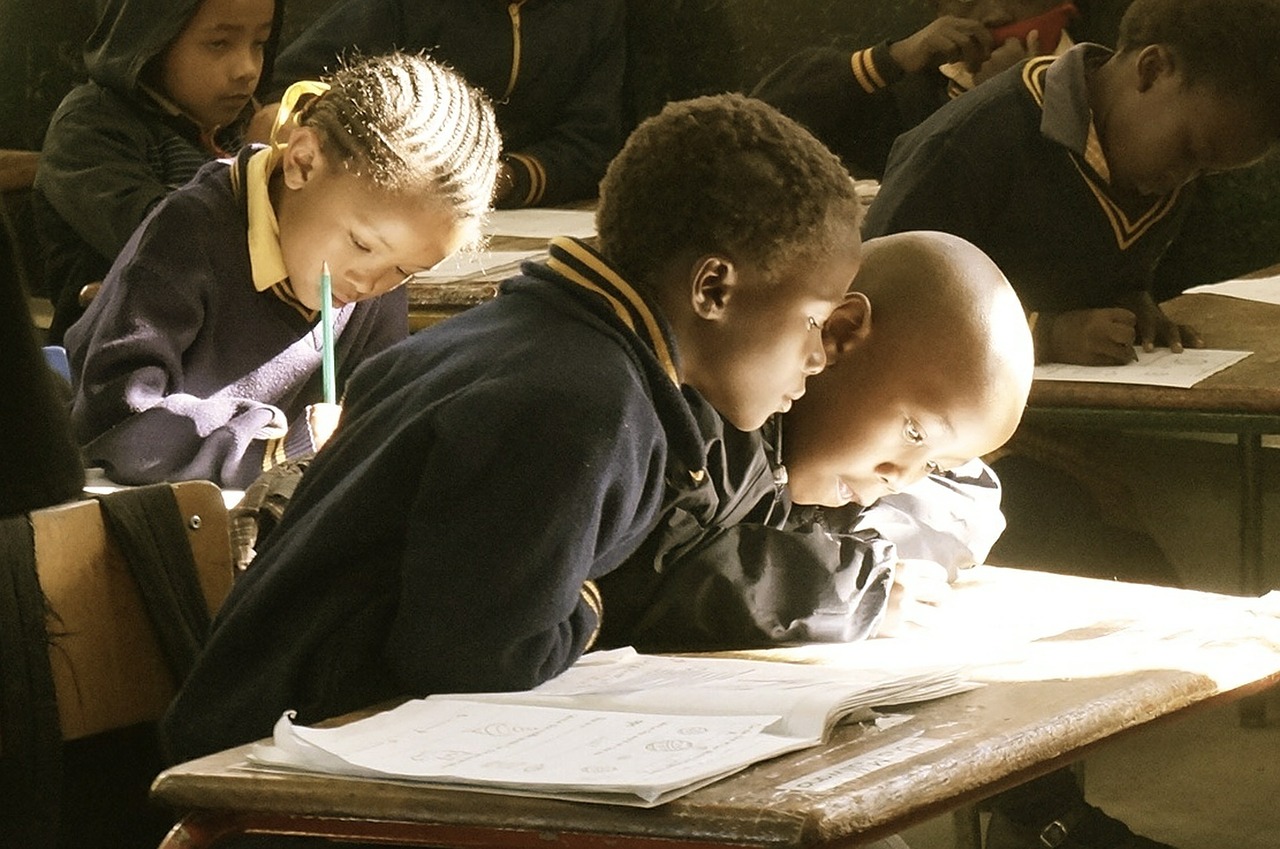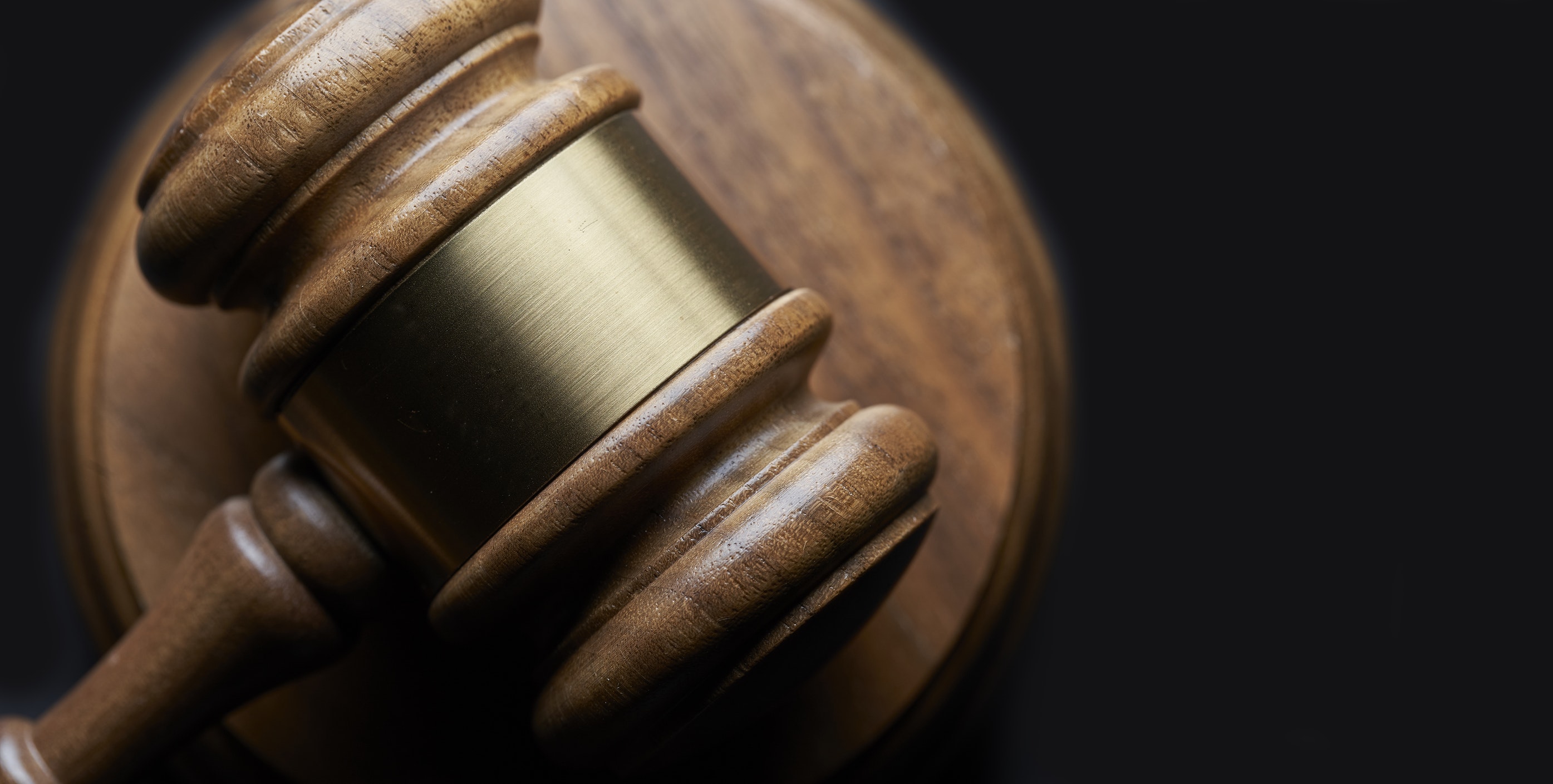Finland’s primary schools are teaching their students how to identify fake news. The students are taught how to discern between disinformation, malinformation and misinformation.
The spread of fake news across Europe is threatening democracies in the region. Therefore, when Finland was rated as Europe’s most resistant nation to fake news out of 35 countries, it came as no surprise. Implementation of policies that have helped in shaping how the country fights the spread of false information.
Primary schools role in stoping fake news
The strong resistance to fake news may be as a result of the implementation of the curriculum in primary schools that teaches pupils how to identify the fake news. Starting to learn about the negative effect of false information, how to identify them and stop them from spreading at a young age has become been an important step in Finland.
Kari Kivinen, a headteacher at a state-run college in Helsinki, has been an integral part of this development in primary schools. He has come to appreciate the fact that the current digital world requires multiplatform digital literacy and critical thinking. These skills can be impacted from an early age, which can help young students in navigating these digital platforms.
Breakdown fake news into three categories
One way to do it is by implementing a curriculum that helps students identify fake news. Kivinen said the approach taken to teach the kids breaks down fake news into three categories in order to help them gain a better understanding.
He said the categories are misinformation or mistakes; disinformation or lies and hoaxes which are deliberately spread to mislead people; and malinformation or gossip was also mentioned, which involved spreading information either true or false intended to cause harm.
Kivinen said,
Even quite young children can grasp this, they love being detectives. If you also get them questioning real-life journalists and politicians about what matters to them, run mock debates and real school elections, ask them to write accurate and fake reports on them … democracy, and the threats to it, start to mean something.
Finland, which gained independence from Russia in 1917, has seen a rise in the spread of fake news originating from Moscow. This rise has made the country to the country, implementing measures to ensure they safeguard their citizens from such false information.
Featured image by Pixabay







